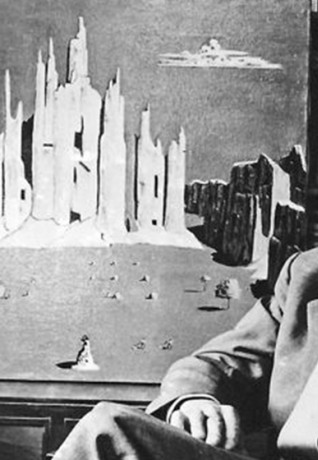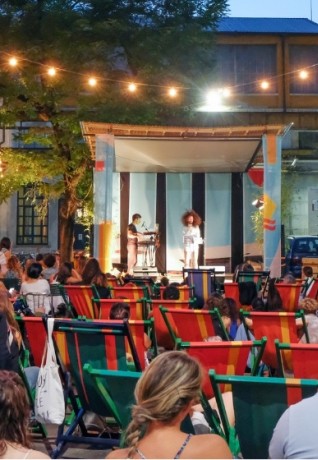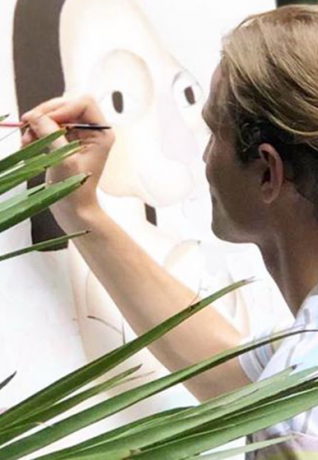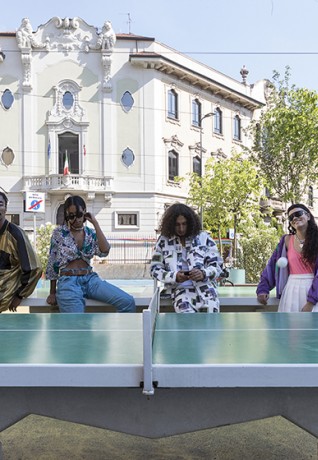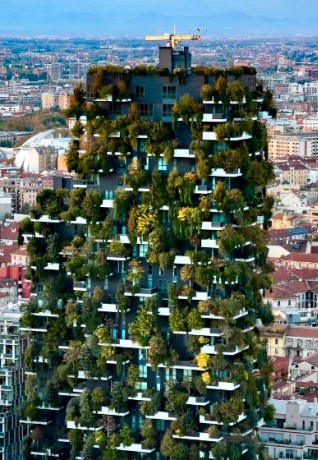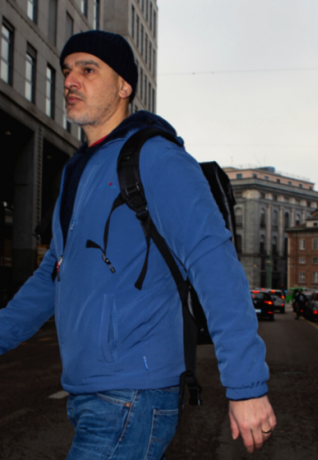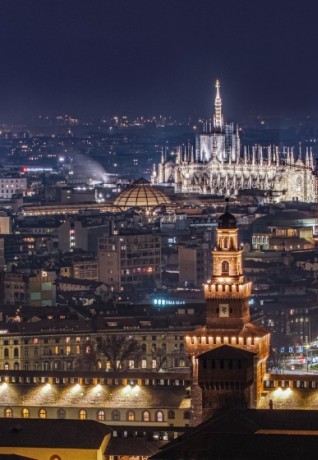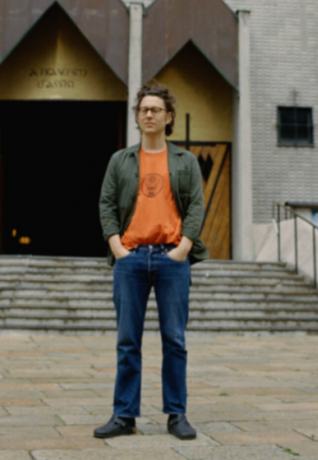Reading Milano
A small guide among the most beautiful works set in the city

Over time, many writers have taken up the challenge of narrating the continuous changes in Milano through the use of wonderful interpretative instruments, able to highlight urban dynamics and historical moments.
Between the authors who have known to better value the Lombardy chief-town we remember Alberto Savinio who, with the memoir Ascolto il tuo cuore, città (Listening to your heart, city - 1944), seems to perceive and transmit to the reader the palpitations of the urban body. In this book the narrator outlines a walk through Milano, which is called "the most romantic of Italian cities". The writer uses an ironic and apparently detached point of view, permeated by the dense smell of fog, to reveal the "secret" nature of Milano, seemingly hard as the stones of which it is built, but at the same time soft through its "interior gardens".
In 1962 Luciano Bianciardi described the elegant Brera district in La vita agra, cult novel from which the homonymous film starring Ugo Tognazzi (well known Italian actor and director) was taken. The city is described in the middle of the economic miracle: it is efficient, but trapped in the continuous motion of widespread growth; it is rich, but affected by the ruthless mechanisms of capitalism.
Moreover Dino Buzzati describes a city in balance between reality and illusion. This point of view comes out in his masterpiece Nera, a collection of chronicles written for the "Corsera" publisher (today's newspaper "Corriere della Sera").
The book "Le Poesie e Satire" (The Poems and Satires) by Alda Merini, to which was recently named a Bridge on the Alzaia Grande, imprints in the reader's pupil images and suggestions of the past. So, looking at Navigli again today, memories never lived can born in the observer, which - however - universally belong to him.
The Square (Fontana) is "the precise point where to put your ear to the ground so you can hear the pulse of the city" in Dante by Laura Pariani, edited in 2010 but set during the "lead years". The protagonist is a rebellious, cultured and unconventional clochard who has lived many lives and rejects any banality. The story unfolds like a rhapsody in four sections that recall the seasons. Milano is "a dark forest" also for the investigator Duca Lamberti, protagonist of Giorgio Scerbanenco’s Venere privata (Private Venus - 1966), critical success and first novel of the quadrilogia dedicated to the character. This work represents a disenchanted reflection on humanity and some of its social themes, insinuated in small doses into the reader's mind, in a crescendo of guilt and mystery. Testori speak about another Venus and suburban factories with La Gilda del Mac Mahon (Mac Mahon's Gilda - 1959), collection of stories often transposed to the theatre for the sensual physicality of which its characters are endowed. In this text's pages we find the human warmth of the city, the glittering illusion suggested by fame and love.
Emilio Tadini's Prospero strolls aimlessly across Parco Lambro. In La tempesta (The Tempest), a 1993 novel full of Shakespearean references (from the name of the main character to the title of the book) the narrator gives voice to the city in the 80’s, a sophisticated and contradictory metropolis in which the voice of the periphery is still strong, nestled between dream and delirium.
The Milano of Gli ultimi ragazzi del secolo (The last boys of the Century) by Alessandro Bertante reports back to 1996. The author describes the awareness of the young protagonists through a story of formation capable of expressing the crudeness and disturbances of adolescence. If you are accompanied by Michele Turazzi in his literary guide Milano di Carta (Milano of paper - 2018), you will inevitably end up falling in love with a city to be fully known.

 Log in
Log in
